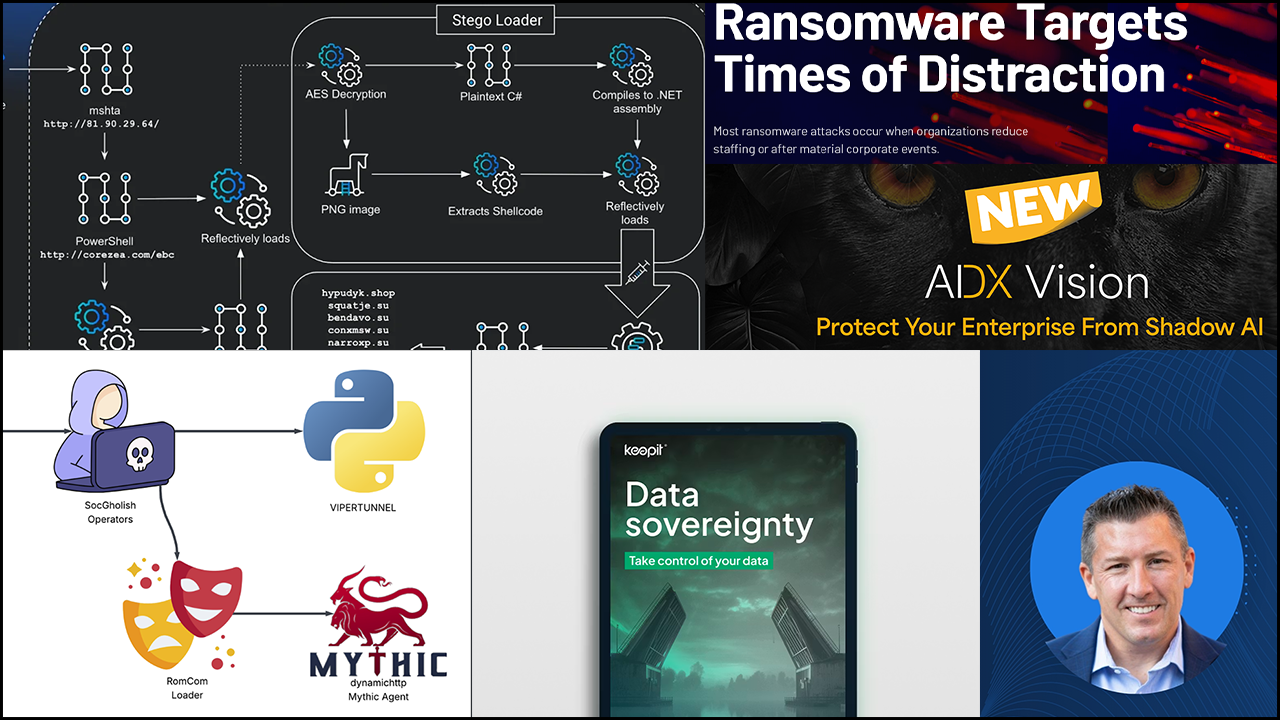NETWORK MANAGEMENT is to a great extent about maximizing performance. Cloud management is to a nearly equal extent about minimizing costs. “Without the proper oversight and controls [cloud] environments can lead to hundreds or even thousands of dollars a month in unnecessary expenses,” says Chris Ploessel, president of RedNight Consulting.
Among the key areas that organizations struggle with: leaving cloud instances running past the point when they are needed; overprovisioning compute power, storage, and other resources; executing migrations and related application modernization efforts; and reducing overall complexity.
For channel pros, managing cloud costs represents an opportunity to help customers save money. To do so, MSPs will need to adopt a governance framework along with specific tools that allow you to monitor a cloud environment, says Tracy Woo, senior analyst at Forrester. “Real-time visibility into usage and billing is essential.”
Clouds = Complexity
One challenge as businesses shift to the cloud is they “face a lot of unknowns,” says Deepak Thadani, CEO of cloud solution provider SCO Cloud. As a result, they may overbuy resources. “Questions arise about bandwidth, ingress and egress, and what machines need to operate—and how they should be provisioned. In many cases, people have insecurities and fears that affect the decision-making process.”
Cloud migrations are a transition point because they require rethinking IT models and modernizing applications and cybersecurity. “In many cases, business leaders have unrealistic expectations about the cloud,” Ploessel explains. “They migrate without a clear strategy, and wind up devoting more time and resources to the task then they had envisioned.” Making matters worse, “They don’t recognize that it’s possible to dial up and down utilization in a more dynamic way. So, they wind up overprovisioning resources.”
Optimizing clouds—and cloud costs—is especially tough as different departments and groups, including marketing, finance, human resources, and others, can spin up and manage their own clouds. “It’s super easy to go to a portal or website and start a service up with a credit card,” Woo notes.
However, autonomy doesn’t always lead to the best outcome. For instance, the person switching on the cloud service may not have a sufficient level of technical expertise to choose the right service level or provision things correctly. This includes critical settings such as auto-scaling features. This person might also not fully understand licensing structures for a SaaS application or add-on software.
It’s no small problem. “Without the right organizational guardrails and governance model, you can wind up spending a ton of money for resources that aren’t needed,” Woo explains. “Especially early on in a cloud migration, there can be ‘oops’ moments because people are accustomed to on-premises systems that can take weeks or months to set up and are configured very differently.”
An accumulation of cloud services from different SaaS, IaaS, and PaaS providers can also take a toll, making utilization and cost visibility difficult. Without sufficient planning and a strategic framework, the resulting collection of products, services, protocols, and security requirements can run up costs. “The business winds up with an environment that is overly complex and costly to manage,” Ploessel says.
Gaining a Clear View
A first step for channel pros looking to guide customers through a cloud optimization process is to recognize that the rules of the legacy on-premises world don’t apply, Ploessel says. “It’s important to educate businesses about how to migrate to the cloud effectively.” This involves covering everything from licensing and utilization to governance and monitoring tools. “There are requirements related to refactoring or rebuilding applications to be cloud native,” he adds.
Addressing these issues up front can save considerable sums later, Ploessel says. He prefers to start with a 6- to 18-month migration roadmap that includes using low-cost and open source products where possible, avoiding technology dead ends, and steering clear of vendor lock-ins and penalties that sometimes occur when an organization uses one company’s products on another cloud.
The task doesn’t stop there, however. “There’s also a need to truly understand a company’s requirements and educate business and IT leaders about practical and cost trade-offs,” Ploessel points out. This includes factors such as whether a company should become completely containerized and cloud native versus adopting a hybrid approach, he adds.
To reduce complexity and improve software compatibility, Thadani suggests building a cloud framework around a core cloud provider, such as AWS, Google Cloud, or Microsoft Azure. This approach also lowers training costs, and reduces the need for staff to manage a mix of systems, along with security requirements. He says that this type of strategic planning often trims costs by 10% to 25%.
Of course, there’s also a need to address cost controls after a migration to the cloud. With a central strategy and strong governance model in place, it’s possible to establish a set of policies surrounding who can switch on cloud services; how, when, and where they can be used; and who oversees them. Thadani suggests having a point person in place at the customer organization who reviews any new cloud request with the MSP and also keeps track of existing assets.
“This ensures that different business groups receive the tools and resources they require but they don’t wind up turning on a cloud service, overprovisioning it, or forgetting to turn it off for weeks or months after a project is completed,” Thadani explains. “A business can stay in control of the situation.”
Eye on Efficiency
To be sure, directly monitoring cloud usage is critical. Many cloud service providers offer tools to track utilization and billing. These include products such as AWS Cost Explorer, Google Cost Management, and Azure Cost Management + Billing.
Third-party tools often provide more robust capabilities, however, Woo says. “They deliver depth and functionality across a range of vendors, clouds, and resources.”
Options include the likes of NetApp’s CloudCheckr, VMWare Cloud Partner Navigator, Flexera One, and Apptio Cloudability. These products scan resources and utilization levels across major cloud providers and multicloud environments to detect underutilized servers, misprovisioned resources, and an array of other issues. In addition, many of these tools have built-in cost management features, and some offer suggestions.
In some cases, Woo says, SMBs and others benefit by using both the cloud provider’s tool and a third-party tool, even when an organization relies primarily on a single major cloud provider. In this way, they gain a broader and deeper view into utilization and costs—and spot additional ways to trim expenses.
To be sure, channel pros can play a crucial role in guiding SMBs and others toward a more efficient and cost-effective cloud framework. Concludes Ploessel: “With the right strategy, tools, and information it’s possible to act in an informed way—and manage cloud costs far more effectively.”
Images: iStock















